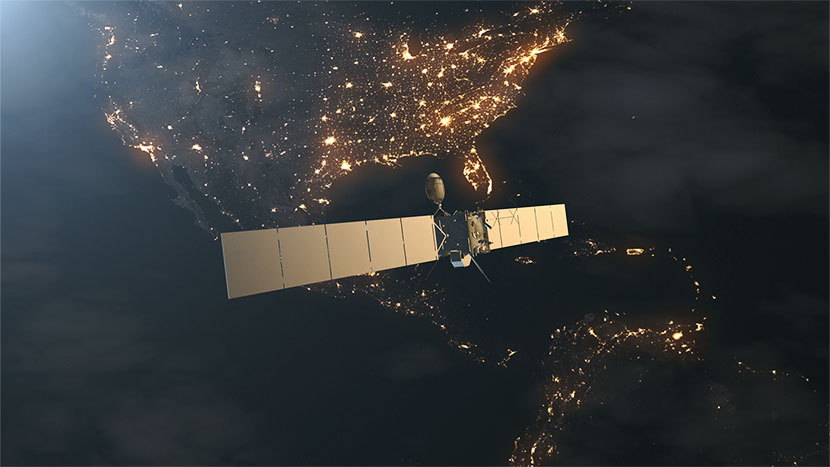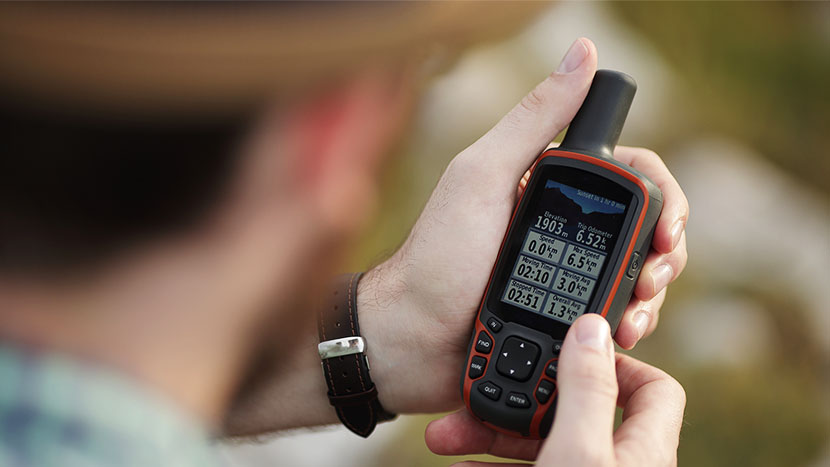5 Key Satellite Discoveries That Changed the World
The advent of satellite technology has had an immense impact on the world we live in. From weather forecasting to global communications, these human-made marvels orbiting Earth have transformed our understanding of the planet and its systems. This article explores five fundamental satellite discoveries that have changed the world forever and delve deeper into the details and examples of each.
Tracking Climate Change with Satellites
One of the most significant discoveries in recent history is the observation and quantification of climate change. The Advanced Very High-Resolution Radiometer (AVHRR) satellite, launched in 1978, allowed scientists to monitor Earth’s surface temperature and track changes. For instance, the European Space Agency’s (ESA) Copernicus Programme has played a critical role in providing climate data to researchers. The Sentinel satellites, part of this program, have helped detect melting glaciers, deforestation, and rising sea levels, contributing significantly to our understanding of climate change and informing global efforts to combat its effects.
Satellite Imagery for Remote Sensing
Satellites have allowed us to observe Earth’s surface from space, leading to incredible advances in remote sensing. The first Earth-observing satellite, TIROS-1, launched in 1960, provided valuable weather data and set the stage for future missions. Today, high-resolution satellite imagery from platforms such as Landsat, WorldView, and DigitalGlobe is used for numerous applications, including natural disaster response, land management, and military surveillance. Satellites have helped track the aftermath of hurricanes, monitor urban growth, and even discover hidden archaeological sites using multispectral imaging techniques.
Communications Satellites: Connecting the Globe
The idea of using satellites for global communications was first proposed by Arthur C. Clarke in 1945. By the 1960s, the first communications satellites, such as Telstar and Syncom, were in orbit, providing the foundation for modern telecommunications. These satellites have since enabled international telephone and internet connectivity, connecting us with friends, family, and colleagues worldwide. Communication satellites have also facilitated the growth of television broadcasting, making it possible to watch live events from across the globe. Today, companies like SpaceX and OneWeb are working on satellite constellations to provide global internet coverage, even in remote areas.
The Discovery of the Van Allen Radiation Belts
In 1958, the Explorer 1 satellite made a groundbreaking discovery: the existence of the Van Allen radiation belts. These two zones of trapped, high-energy particles encircle Earth and are influenced by the planet’s magnetic field. The discovery of the radiation belts helped scientists understand space weather and its effects on satellites and astronauts, ultimately leading to better spacecraft design and safer space travel. Since then, missions like NASA’s Van Allen Probes have furthered our understanding of these belts, allowing us to develop technologies to protect both satellites and astronauts from the harmful radiation in space.
Satellite Navigation and GPS
The development of satellite-based navigation systems, such as the Global Positioning System (GPS), has revolutionized how we navigate the world. Initially designed for military purposes in the 1970s, GPS now helps millions of people find their way with pinpoint accuracy. GPS technology has been integrated into everyday devices, from smartphones to car navigation systems. It has transformed transportation, agriculture, and emergency services industries, making life easier and more efficient. For example, GPS-enabled precision agriculture techniques have improved crop yields, while emergency services use GPS to locate individuals in distress quickly.
Conclusion:
From climate change monitoring to global communications, satellite discoveries have shaped the way we understand and interact with our world. These remarkable achievements have altered our lives for the better, and the future of satellite technology promises even more exciting developments. For more information on the latest satellite news, visit Seradata.


































































































